Le Mans Onboard Streaming Test: Exploring 4G/5G for Motorsport Coverage with OBE
2022-07-01
Following our initial test with Funcup (check it here), we had the opportunity to conduct another exciting experiment—this time at Le Mans, with the support of AMP Visual TV and the OBE team.
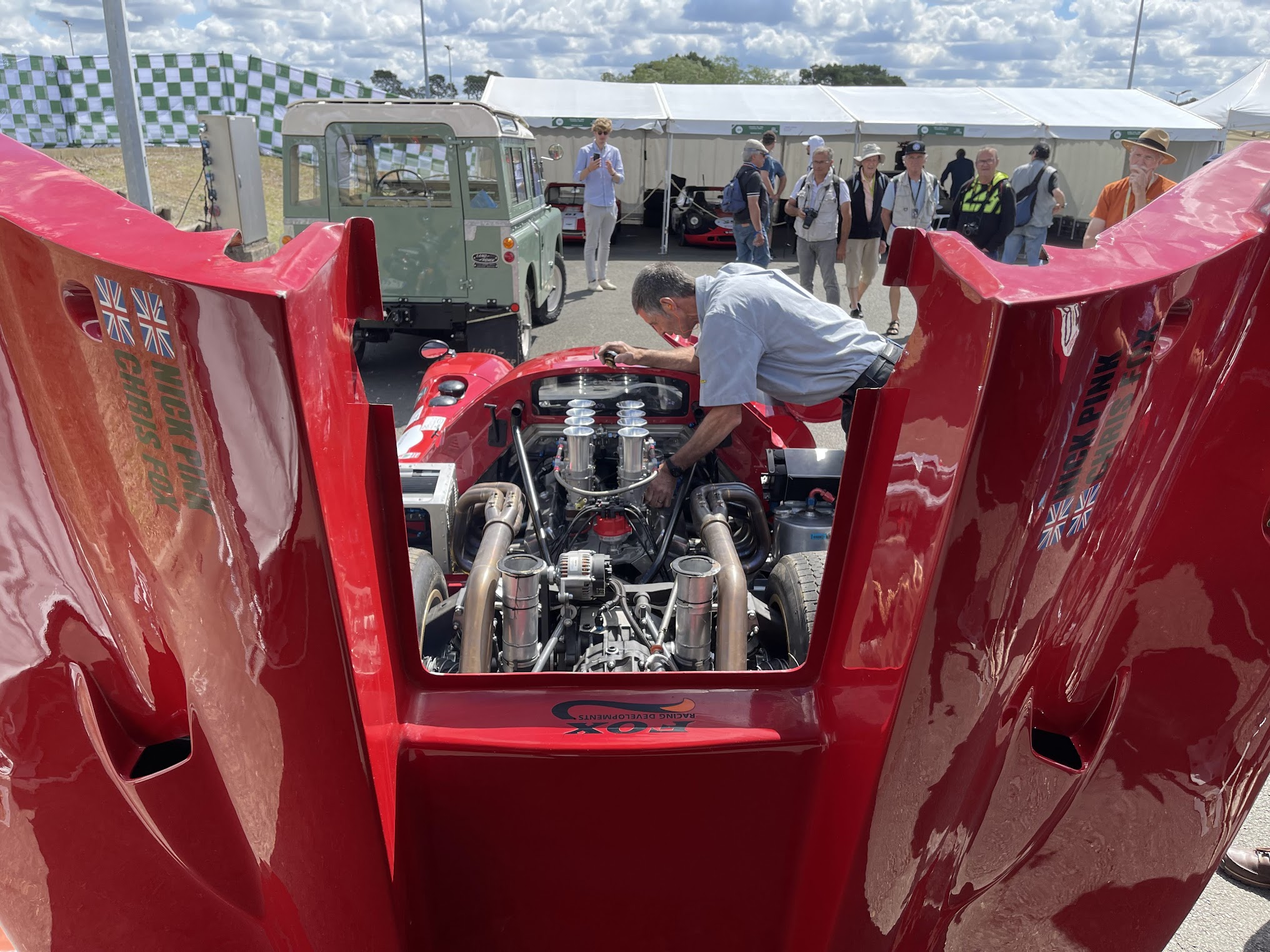
AMP Visual TV was already on-site for the Le Mans Classic Race, and we seized the chance to test out a new, simplified onboard streaming kit under real-world conditions.
Recap: The Goals of the Previous Test
In our previous test, the objective was to develop a cost-effective, multi-camera streaming solution using consumer-grade components:
- Cheap cameras (we used Yushida cameras—three of them)
- A multi-camera setup with a switcher for live view control
- Reliance on 4G for broad availability and affordability
- A complete end-to-end streaming setup using AWS (MediaConnect, MediaLive, MediaPackage)
This setup worked well, but it required rigging the car in advance with cabling for power, video, and networking—quite the endeavor for a full 24-hour race.
The Goal of This Test
This time, we aimed to simplify things. The focus was on creating a more portable, easy-to-install kit:
- A single camera to capture the pilot's POV
- A compact encoder
- A battery-powered system that’s quick to set up and swap out
The previous kit demanded extensive preparation—running cables through the car, securing power sources, and more. For this test, the goal was minimal disruption. We wanted a solution that could be mounted and removed quickly, with no need to modify the cars (many of which are vintage, making them more sensitive to alterations). Since this race was just a few laps, battery life was not a concern, and the kit could be easily moved from car to car.
Testing 4G and 5G: Coverage and Latency
One of the primary goals for this test was to evaluate the pros and cons of using public 4G and 5G networks at an event of this scale. Unlike the Funcup, which attracts a smaller audience, Le Mans draws a much larger crowd, posing new challenges for network reliability.
The Rig Setup
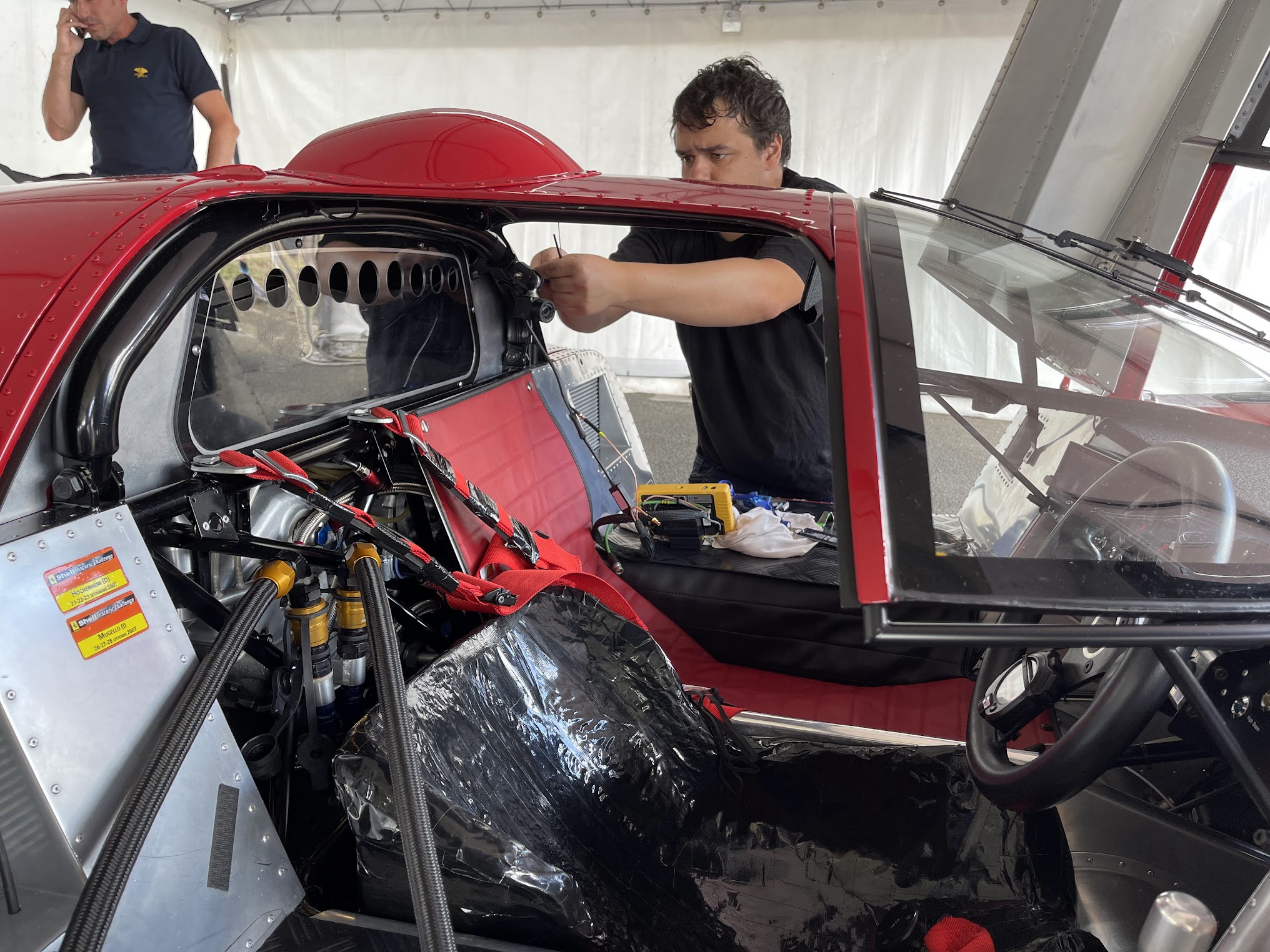
We used a Dreamchip Atom One camera—a small but powerful camera—mounted securely with a magic arm. This provided a stable view of the pilot's perspective, ideal for capturing the intense action inside the car.
4G Setup
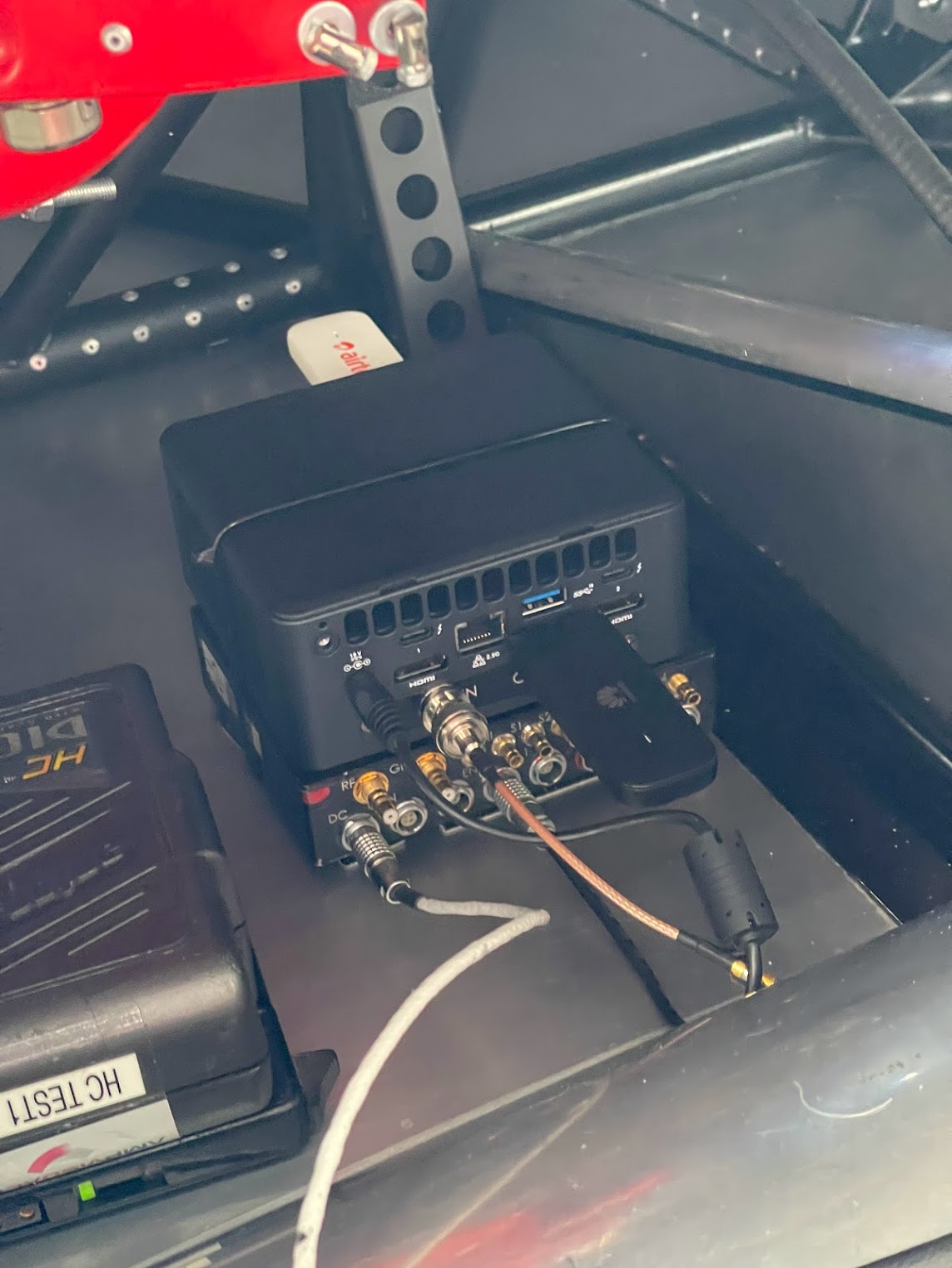
Our first test involved a kit using 2x4G USB modems, plugged directly into OBE encoders. The goal was to test how well the bonded 4G connection held up in an environment with heavy public usage.
The results were mixed. On the smaller Bugatti track, where coverage was strong, the 4G setup worked flawlessly. However, on the larger Le Mans circuit, we ran into issues:
- Several parts of the track had no coverage at all.
- In high-traffic areas like the paddock, the network struggled to keep up, leading to poor signal quality.
This suggests that while 4G can work well in smaller, less crowded environments, it’s not reliable for larger-scale events with poor network infrastructure and large crowds.
5G Setup
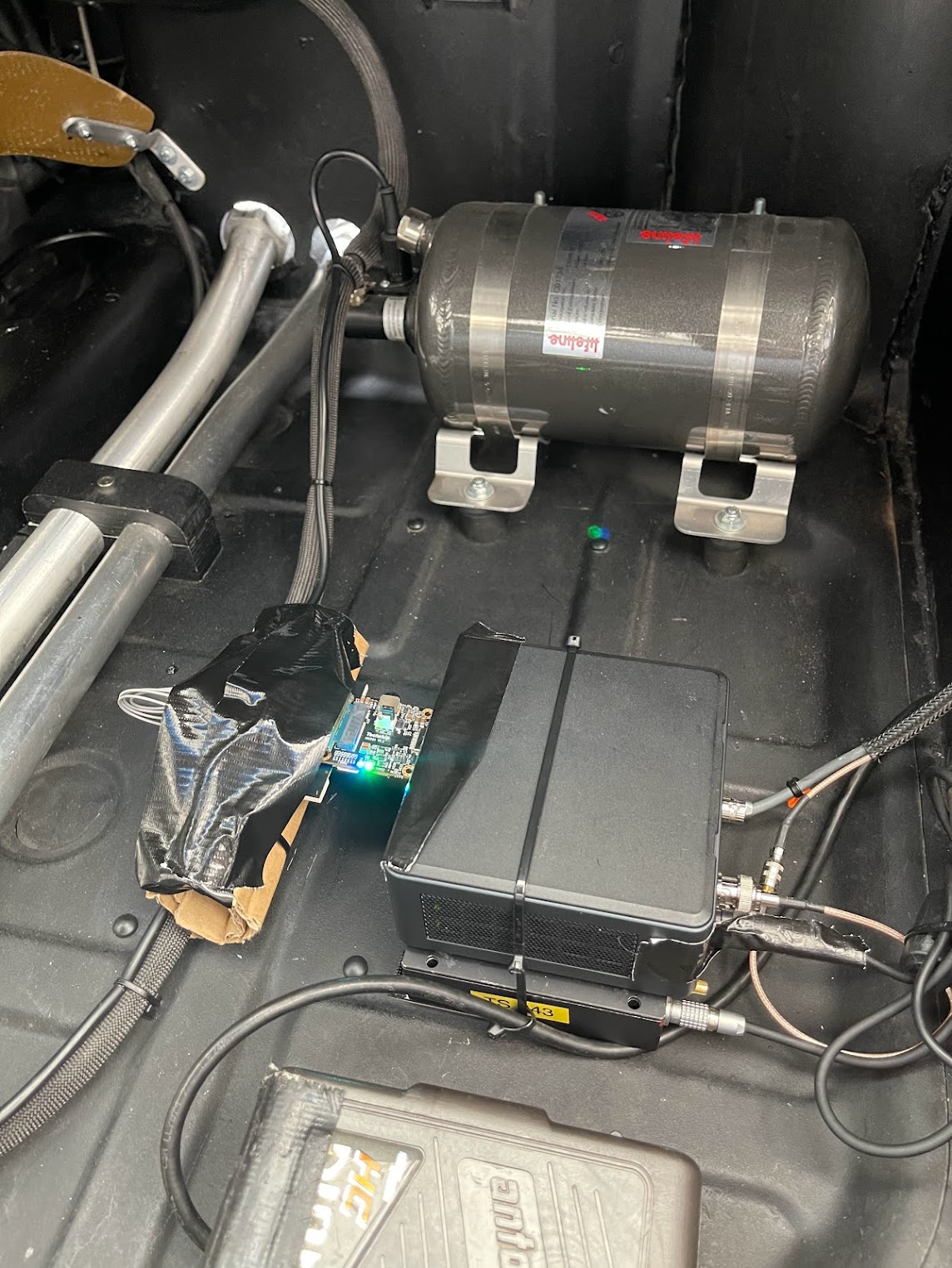
Next, we tested the same setup, but this time with a single 5G modem. The rig was a bit makeshift—essentially a USB M2 card with a 5G modem and PCB antennas secured with tape—but it got the job done.
In terms of performance, 5G offered some significant improvements:
- Lower latency: We achieved an impressive 80ms glass-to-glass latency.
- Higher quality: The additional bandwidth of 5G allowed for better video quality.
- Stronger infrastructure: Unlike 4G, the 5G network remained stable even in high-traffic areas like the paddock.
However, 5G still had its limitations. Coverage on the larger Le Mans circuit was just as patchy as 4G. While 5G performed better in populated areas, it still couldn’t provide full coverage across the entire track. Hopefully, as 5G infrastructure improves, this will become less of an issue.
Conclusion
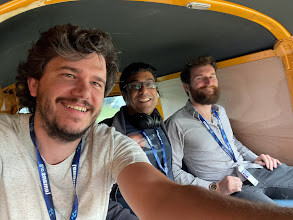
From this test, it’s clear that neither 4G nor 5G are ready to fully replace traditional RF systems for large-scale racing events. The public 4G network struggled with coverage gaps and congestion, while 5G offered better performance but still couldn’t provide complete coverage across the Le Mans track.
That said, there is potential here. For smaller events or tracks with better coverage, 4G could be a viable low-cost option. 5G shows promise, particularly with its lower latency and higher bandwidth, but infrastructure improvements are needed before it can truly compete with RF.
Interestingly, during the event, there was also a satellite truck for signal retransmission. A hybrid solution—combining 4G, 5G, and Starlink could be a game-changer, offering the best of both worlds.
If any of this resonates with you, feel free to reach out and write an email.